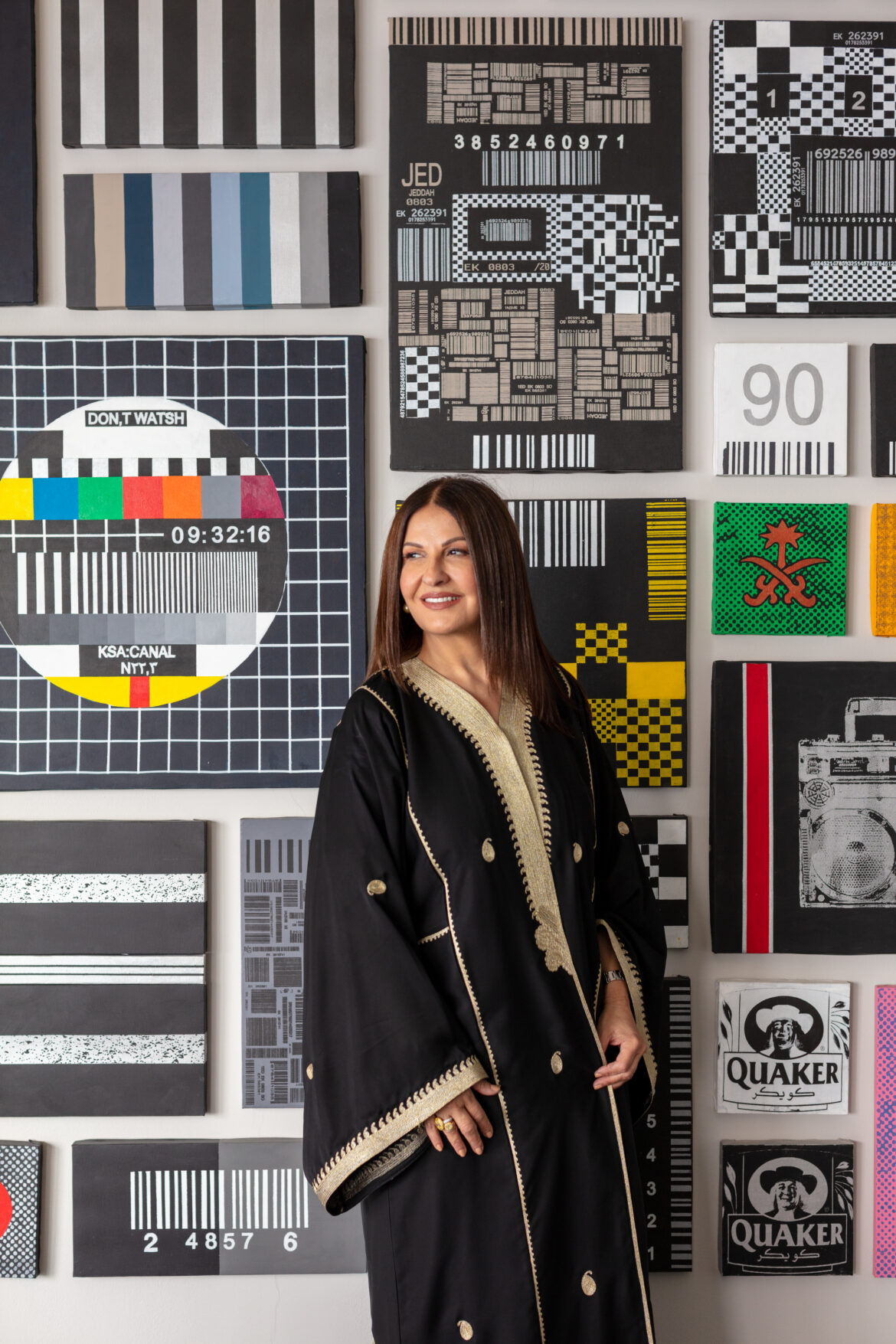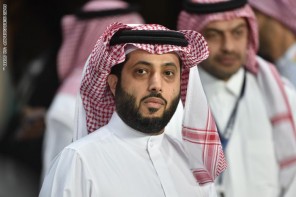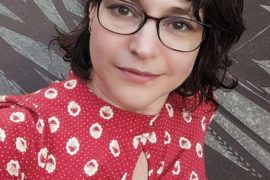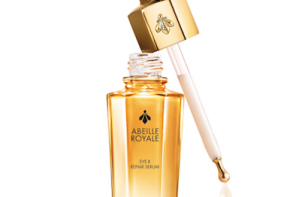Considered as one of the most influential figures in the art world and collectors in the Middle East, Basma AlSulaiman is the founder of BASMOCA, a virtual museum, and the founding member of the Saudi Art Council. She is the first Saudi woman to be honored for her contribution to arts and culture in Saudi Arabia.
We spoke to Basma about her passion for Middle Eastern contemporary art and take on the future of arts in our region.
Where did the idea of BASMOCA come from?
After amassing my collection for a little over a decade and being exposed to various initiatives in private museums and foundations around the world, I wanted to have my own space to share my collection with the public.
And why did you decide to go for a virtual museum?
I originally wanted to have a physical space; however, I didn’t want it to be in the West. I wanted the collection to be available in my own country so that the youth or anyone who wanted to know more about art in Saudi could have access to it. Simultaneously I wanted an international audience to have the opportunity to get to know more about Saudi artists.
Back then Saudi was not a destination like it is now and logistics were not yet in place for me to consider having a physical space, so while looking for alternatives to reach wider audiences I landed on virtual technology which ticked all the boxes while also riding the wave to the future.
Why are you passionate about Contemporary Art in particular?
Contemporary art is about today and the changing world we live in. It deals with subjects that concern us all from say identity, to challenges, hope, future and the environment. It is real, yet experimental and open to a wide range of media from video to photography and computer-generated imagery. It is the creative path to the future.
How would you describe the Contemporary Art scene in the Middle East?
There are sometimes stereotypes about the contemporary art scene in the Middle East such as either reducing it to calligraphy or stemming from western archetypes. In reality the Middle East is full of artist that have been painting for generations, going through different periods of art school until they reached the contemporary stage where they excelled in their respective performances. Personally, I can’t really differentiate between a Middle Eastern artist and other nationalities when I look at some pieces, with the exception that some of the themes they address in our region I of course relate to more on a personal level, however, they all answer to the demands of the times and communities they live in.
Any Arab artists you have your eyes on?
I very much like the work of Iraqi artist Hayv Kahraman. Her practice combines the stylings of Arabic manuscripts, Japanese woodblock with Renaissance figuration. The multi-cultural aspect of her works really appeals to me.
I am also really interested in the work of Sara Brahim, a young Saudi artist whose work I discovered at the Diriyah Biennale 2 years ago and who was also recently featured in the Islamic biennale. She is a performance and visual artist who studied choreography and jazz.
How was your latest exhibition at AlUla like?
I was very happy with the outcome. It was the first time the collection was seen physically in a public sphere in Saudi Arabia and that the Black Arch by Shadia and Raja Alem was seen in the Kingdom. We had over 10,000 visitors including an international and local audience. We really enjoyed collaborating with RCU. They did an incredible job and offered me a beautiful opportunity with this exhibition.
Why is it important to showcase Arab Contemporary Art at international museums like the Metropolitan Museum of Art, the British Museum?
We live in a globalized world as such it is very important to be exposed to artists from all over. Arts and culture open the door to knowledge, they are the vehicle to understanding one another and I believe that ultimately leads to mutual respect and integration. One of my initiatives has been to donate Saudi art to museums around the world, including the British Museum and the Metropolitan Museum of Art, with the idea to put Saudi art and culture forward while building a legacy in the memory of my late son Mohammad Al Jufalli’s memory.
You are also an art collector, what makes you purchase a certain piece of art?
Collecting art has been part of my life for as long as I remember, from being a child collecting toys to an adult collecting art. The choices are limitless but what catches your eyes and heart are ultimately what becomes the themes that define your collection, interests and mission. I usually buy what I connect with, however don’t forget I have been looking at art since the nineties. I also took art history classes and I keep on “training my eyes” by attending as many exhibitions as possible whether these are at museums or art fairs. The more exposure I get the more comfortable I become with my choices.
What would be some of your favorite pieces in your collection?
It is hard to pick one or few, my pieces are a little like my children now, all dear are to me. As I never used an art advisor, my relationship with my collection is deeply personal. I can literally tell you where I saw each piece, when I bought it, why and how much for. I also commission a lot of my work. Behind each piece there is a story to tell. As such it becomes difficult to differentiate between them.
Please tell us more about the Saudi Art Council’s achievements so far
As you may know the Saudi Art Council was founded by a group of local arts patrons, led by Her Royal Highness, Princess Jawaher bint Majed, in 2013. It is one of the first platforms in the Kingdom that engaged with local artists to produce works within the framework of a curated annual exhibition of an international caliber: 21,39 Jeddah Arts. Our annual exhibitions have flourished through the talent and guidance of each of the globally respected curators we’ve appointed each year.
Through our 21,39 SAC has not only launched the careers of numerous artists it has been at the forefront of a number of this decade’s most influential and successful artworks to come out of the Kingdom. Beyond its commitment to produce this exhibition for the local and international art worlds, it also strives to educate artists and community members.
Text by Victor Gee




